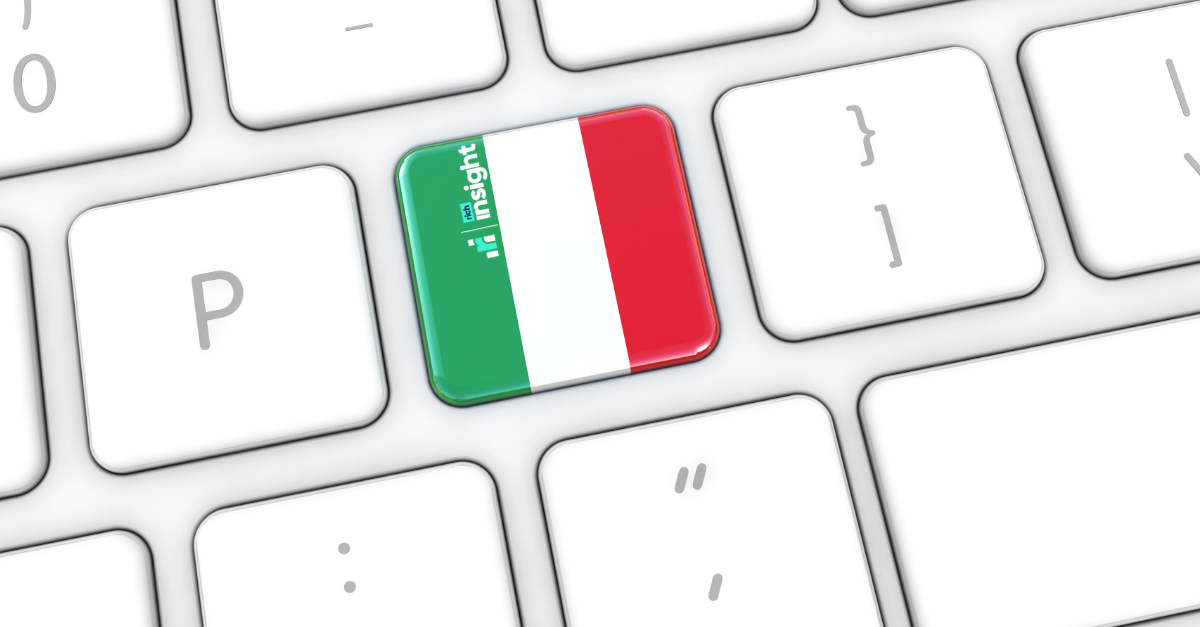Thanks to its darker days, colder nights and better TV offerings, autumn in the UK is the season for staying in more than going out. The same is true for consumers’ wallets with home decor purchases and home improvement ideas increasingly popular after a summer spent outside.
For brands selling homeware goods on online marketplaces, there are three ways to make your goods stand out from the crowd this autumn: premiumisation, personalisation and digitisation.
Premiumisation
What is ‘premium homeware’ in 2023? Is it the quality of the fabrics? Is it the sustainability of the materials? Is it the exclusivity of the products? Truth is, it’s all of these things. Premium is in the eye of the beholder, but by updating their marketplace listings, brands can ‘premiumise’ their goods in comparison to others.
Brand loyalty is lower in homeware than other goods segments, such as fashion, but homeware buyers still want high quality items to furnish their living spaces. In poor economic conditions, consumers are also on the lookout for affordable luxuries to brighten their outlooks (i.e. a cushion or blanket that transforms the sofa); a spending trend known in health and beauty as the ‘Lipstick Index’. As such, they’re more likely to make one impulsive homeware purchase if they see a premium product at an affordable price.
Homeware brands should therefore ensure that marketplace listings acknowledge the ‘premium’ aspects of their products - i.e. the provenance, use of organic materials, artisan manufacturing techniques - and review the pricing compared to other premium and non-premium alternatives.
Personalisation
What counts as homeware personalisation? Is it engraving the customer’s name on your product? Is it writing bespoke messages on the box? Is it printing custom patterns and colours based on customers preferences? Truth is…you get the picture.
Customisation is a 2023 megatrend with consumers across all sectors preferring bespoke products to off-the-shelf. While personalising products has traditionally been difficult for brands selling on marketplaces, with the likes of Amazon taking charge of end-to-end fulfilment, there are still ways to add the ‘personal touch’.
For example, brands can offer greener delivery options or automatic donations to charities that chime with their target audience, so they’re not simply buying a lamp, but one that fits with their personal values. In addition, the roll-out of AI chatbots on marketplaces is helping brands offer more personalised recommendations (based on their previous buying history, budget, size and style preferences) and improve cart conversions.
Digitisation
Chatbots are not the only digital development that homeware brands can leverage to boost Q4 sales. Fashion e-commerce has been transformed by online AR/VR fitting rooms helping customers ‘try on’ clothes virtually, and now the same is happening for homeware. Instead of wondering whether green cushions will go with your oatmeal sofa, customers can now virtually place items in their home to see how it looks.
This immersive ‘try before you buy’ technology enables consumers to get creative and visualise your products in their homes, which increases the chances of them making a purchase decision. Leading homeware marketplaces like Amazon and Wayfair offer AR tools to transform the buying experience (i.e. letting customers insert an antique table in their empty kitchen or match up colours in their cluttered front room), so brands selling on these homeware marketplaces should make sure they’re products are AR-ready.
Homeware marketplaces
From giant homeware marketplaces like Wayfair and Amazon to regional homeware specialists like Mano Mano (EU) and Houzz (US), there are a wide range of homeware marketplaces for brands to choose from. For help choosing new marketplaces or advice on improving existing marketplace performance, get in touch with marketplace specialists eManaged.
.jpg)





Blog Comments